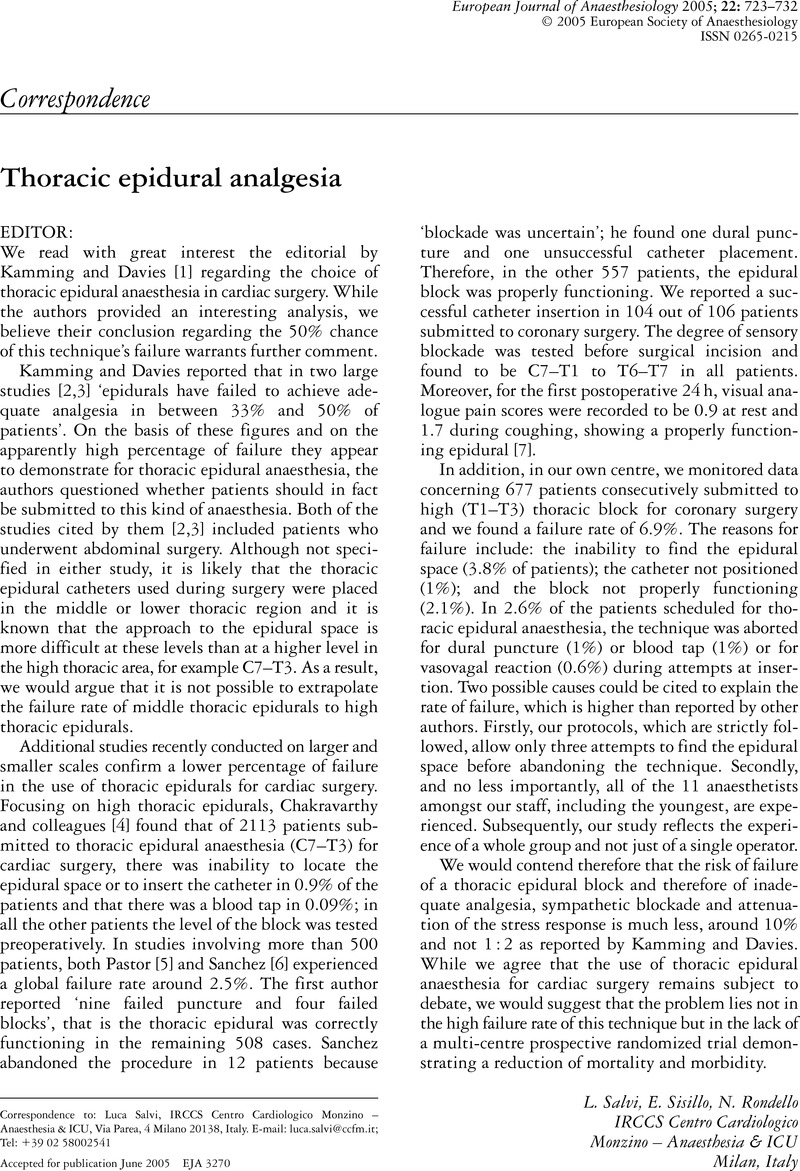Crossref Citations
This article has been cited by the following publications. This list is generated based on data provided by Crossref.
Carlsen, Kai-Håkon
and
Smevik, Bjarne
2008.
Pediatric Respiratory Medicine.
p.
1005.



